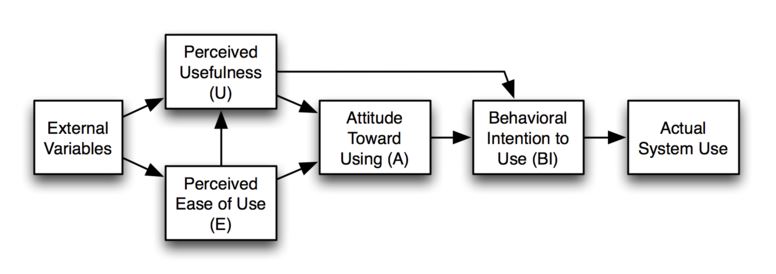An investigation and analysis into website features that maintain consumer trust for e-shopping (2011)
Technology Acceptance Model e-Shopping Dissertation – Although much research has been conducted on e-shopping motivations, to date there has been little investigation into relating these to e-shopping trust. This study aimed to investigate e-shopping behaviour and add to existing research using both an extended Technology Acceptance Model (TAM) and the Social Exchange Theory (SET), on which little work has been conducted in the field of e-Retailing. The independent TAM constructs were convenience; entertainment/enjoyment; usefulness; ease of use; navigation; and presentation. The SET constructs were found through the research to be security; privacy; e-Retailer reputation; and product reliability. With the exception of the ‘presentation’ construct, which was not found to be associated with e-shopping trust, both the extended TAM and SET were supported from the results of this study.
The quest to find out what makes consumers stay on their website is one of those beguiling challenges that continue to test e-Retailers operating in the 21st century e-marketplace. Even after almost a decade of existence, these companies and industry experts still search for the optimum way to inspire confidence and trust in today’s ever changing consumer. This dissertation is a report of an investigative study into e-shopping confidence and trust, in direct correlation with the tangible website features employed within e-retailing.
The main aims were to explore how these website features contribute and relate to consumer behaviour and their motivations to e-shop. These were achieved within the theoretical frameworks of an extended Technology Acceptance Model and the Social Exchange Theory, with hypotheses drawn from each in relation to website features and behaviour. Previous research on the issues investigated in this study have been combined with primary survey data and comments to interpret what conclusions can be drawn to further research in this field of knowledge.
This first section of the dissertation presents the background to the study, specifies the problem of the study, describes the theoretical basis, a review of key literature and presents an overview of the methodology used. The second section of the dissertation presents the fieldwork used and the analysis of that fieldwork. The third section discusses what information we can draw from the fieldwork and previous research, relates it to practical example of website features and makes recommendations to e-Retailers. The final section draws conclusions from the study’s research and covers a bibliography of the literature used.
- 20,000 words in length
- Excellent use of literature review
- Good analysis of subject area
- Well written throughout
- Includes questionnaire and survey responses
- Ideal for e-Commerce and IT students
Introduction
Background
Research framework and literature review
Research problem
Methodology and Research design
Results and Analysis
Discussion
Extended Technology Acceptance Model
Convenience
Entertainment/Enjoyment
Usefulness
Ease of use
Navigation
Presentation
Social Exchange Theory
Security
Privacy
e-Retailer reputation
Product reliability
Conclusions and Recommendations
References
Appendices

